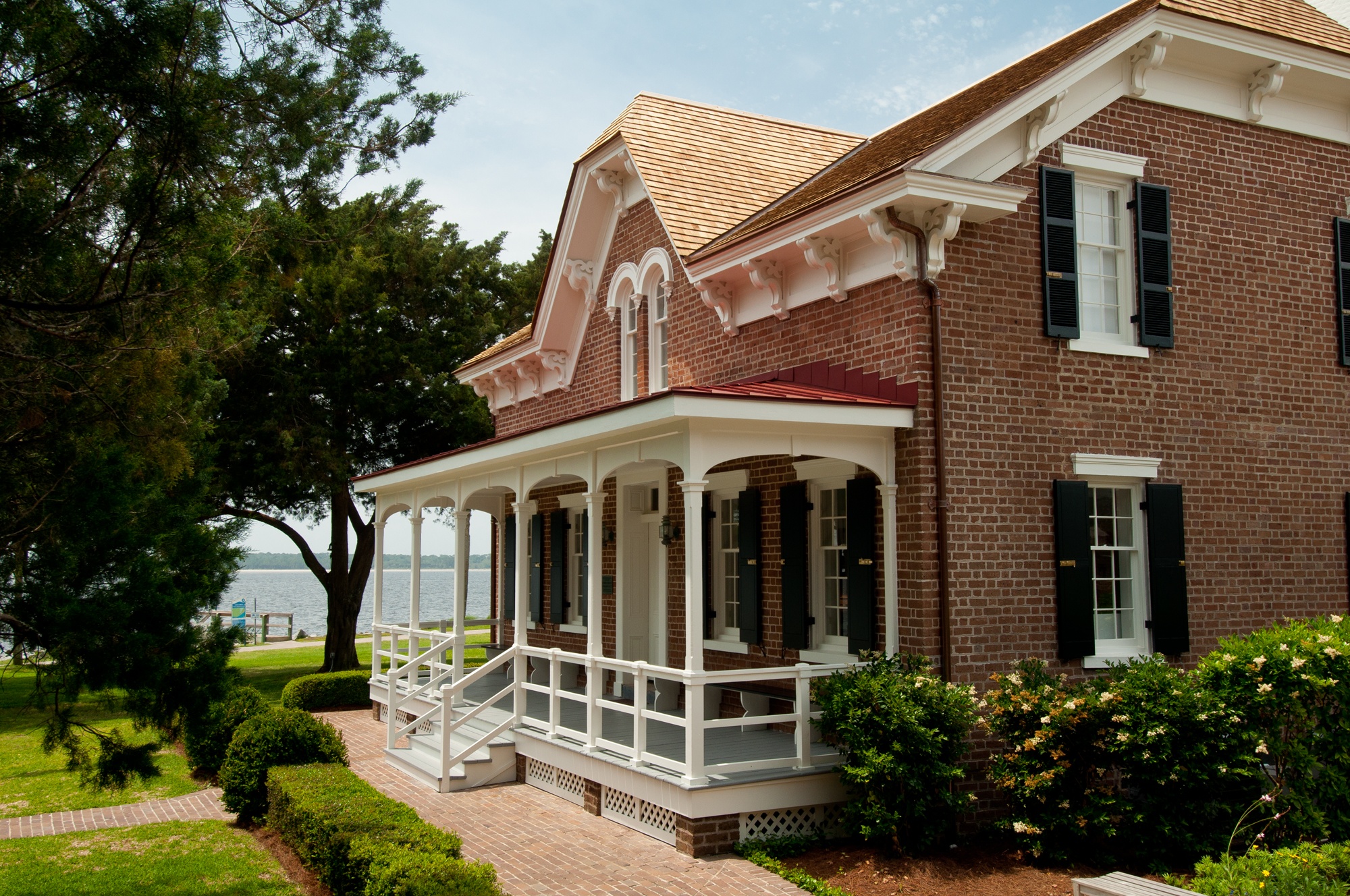
You don’t normally expect termites to trigger an archaeological response, but on our campuses, any kind of ground disturbance calls for close monitoring.
Between May 6 and 7, 2025, the Keeper’s Dwelling and A.W. Jones Heritage Center—two of our historic buildings—were scheduled for updated termite protection. Sounds routine, right? Except, in a place steeped in history, digging into the ground is never just a routine task.
The termite treatment required trenching around each building’s perimeter to apply a non-toxic repellent. Why was I there? Because whenever the soil is disturbed, there’s always a chance that the past might rise to the surface. And when it does, it deserves to be documented.
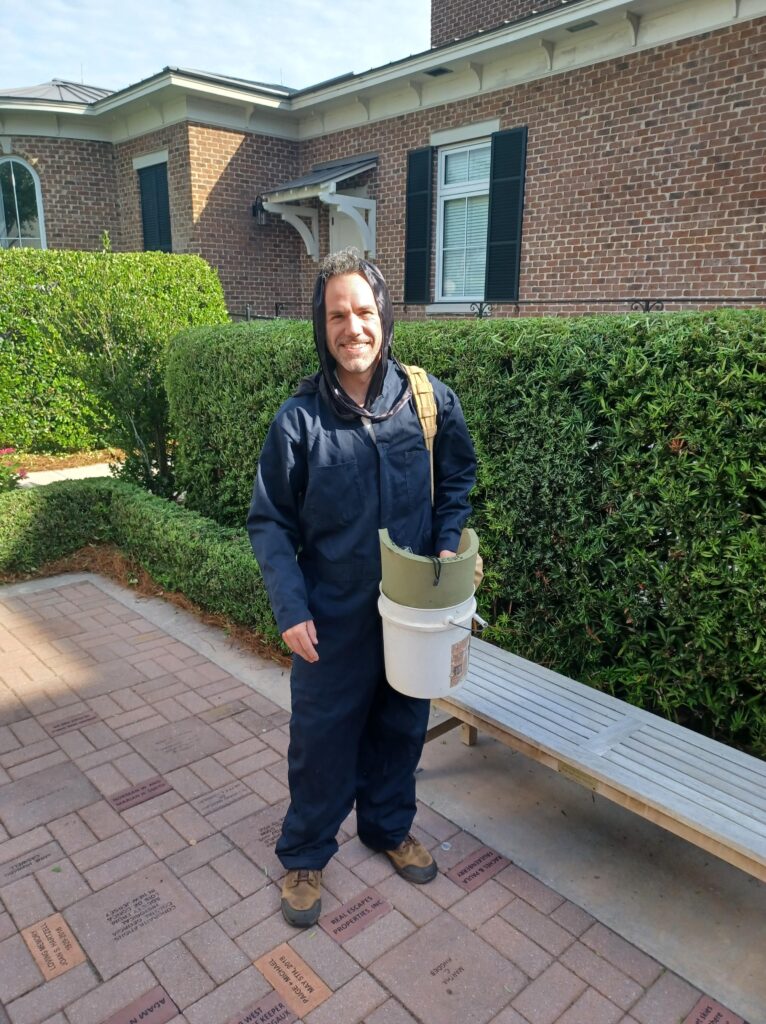
Beneath our feet could be anything from colonial-era artifacts to a forgotten foundation. So, when the pest control crew arrived, I grabbed my trowel, a small screen, and my clipboard, and got to work right alongside them.
Below the Keeper’s Dwelling
My first stop was the crawl space beneath the Keeper’s Dwelling (a place that doesn’t see much daylight). Armed with a flashlight, a dust mask, and a healthy respect for spider webs, I squeezed into the narrow space to observe the trenching up close.
It was dark, tight, and filled with the unmistakable smell of earth. As trenching began, the disturbed soil kicked up a steady cloud of dust. I was grateful for the mask. The fine dust particles hung in the flashlight beam like smoke, and each pass of the trenching tool stirred up more, peppering my hair and face.
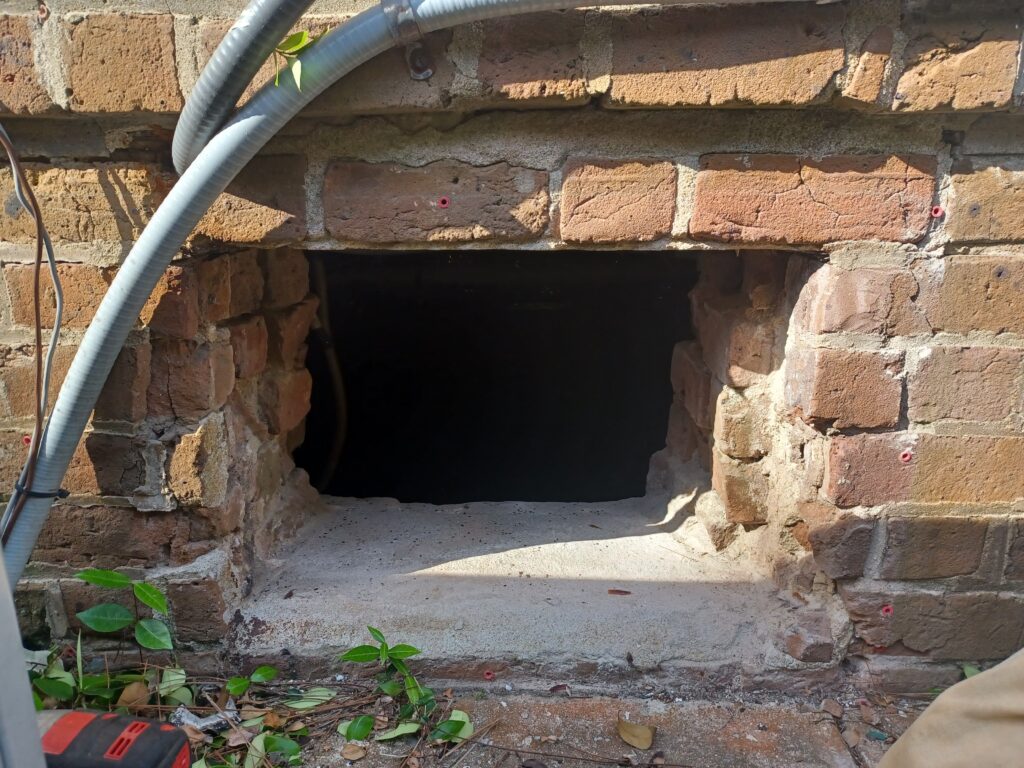
Though there wasn’t enough room to stand, the crawl space offered a good vantage point to watch for signs of archaeological material. Sure enough, I noted a cut nail and an animal bone that was likely butchered, eaten, and discarded some time ago.
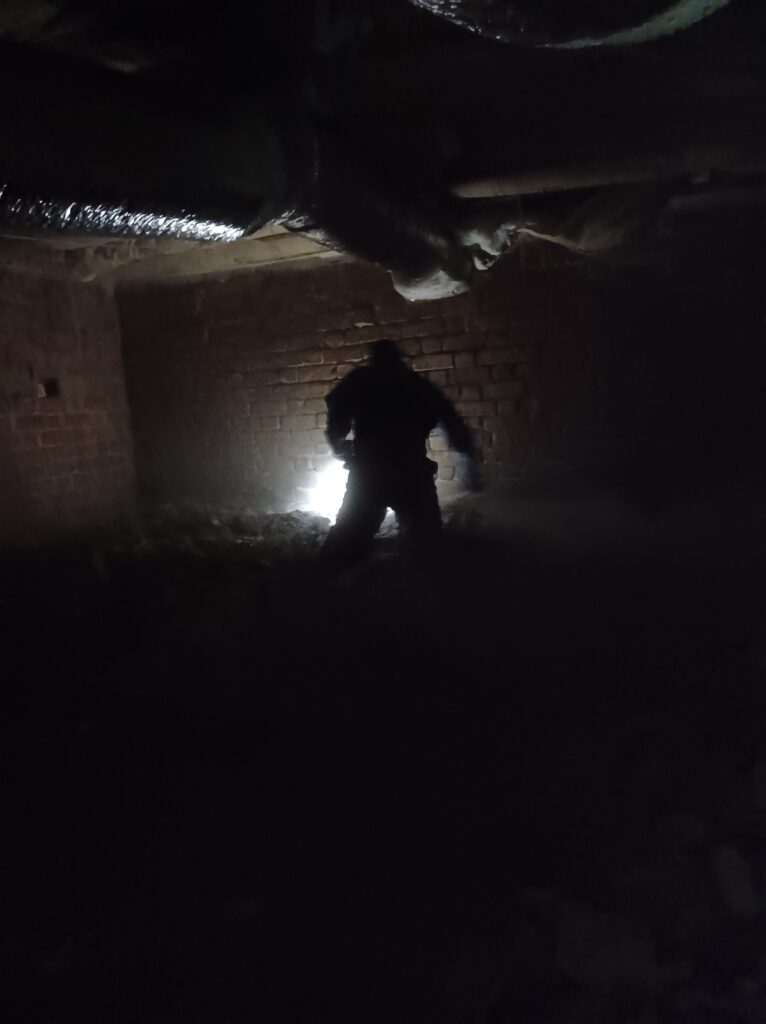
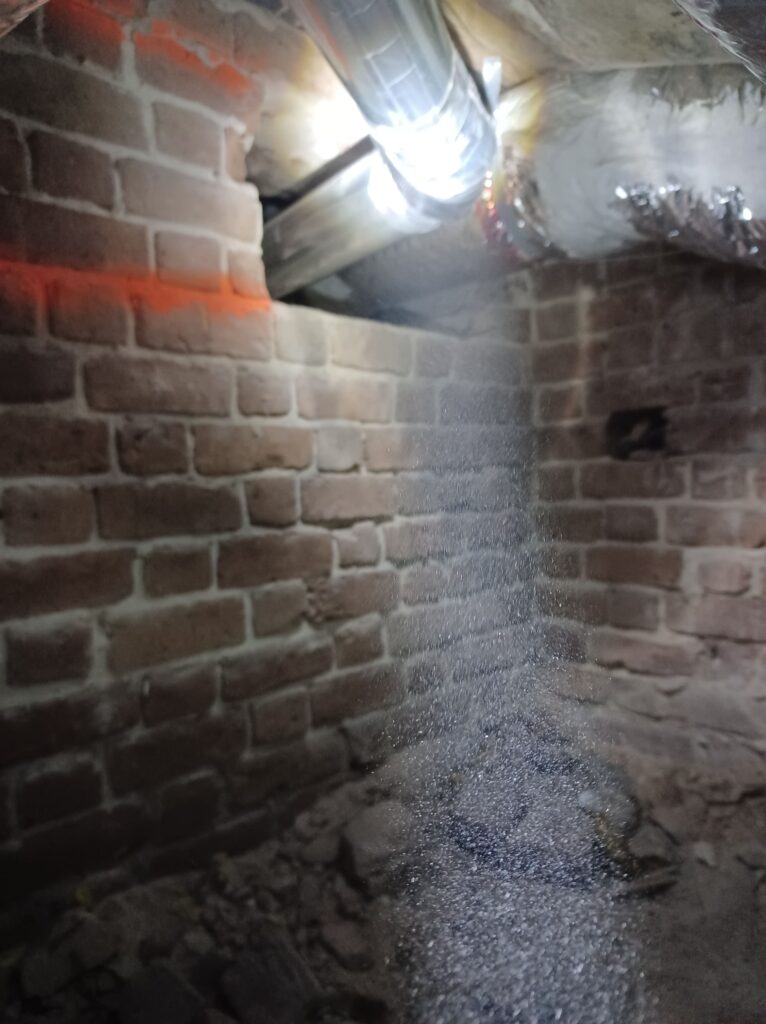
Every so often, I could hear footsteps creaking across the museum floors above me, along with the low murmur of visitors chatting and moving through the exhibits. It was a surreal contrast—beneath the floorboards, I was monitoring for echoes of the past, while just above, people explored it in real time.
Outside the Keeper’s Dwelling
Crawling back into the sunlight felt like a breath of fresh air. Literally. After the close, dusty quarters underneath the building, I welcomed the open space and breeze.
Outside, the team continued trenching along the perimeter of the Keeper’s Dwelling. My role remained the same: keep an eye out for signs of artifacts and shifts in color, texture, or inclusions in the soil that could indicate past activity.
Things progressed smoothly. While we didn’t turn up anything unexpected, the trenches told a familiar story of fragments of brick, bits of tabby mortar, and other clues that hinted at historic building activity in the area.
Around the A.W. Jones Heritage Center
The final phase of the project took place around the A.W. Jones Heritage Center. Like at the Keeper’s Dwelling, shallow trenches were dug along the perimeter to apply the repellent.
This time, the soil was quieter with fewer construction materials and the occasional shell fragment or pebble. From an archaeological standpoint, it was fairly uneventful.
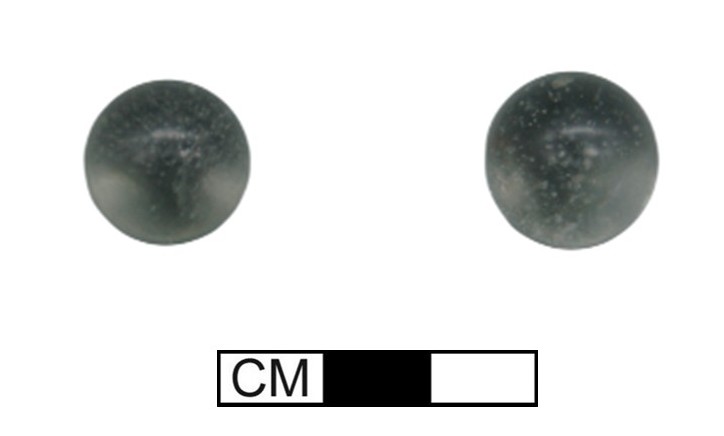
That is, until I reached the section just outside our museum gift shop.
There, tucked in the backfill, were two small glass marbles. How they got there is anyone’s guess. Maybe a child dropped them during a museum visit years ago? Maybe they rolled away during a long-forgotten game? Or maybe it was the ground’s subtle way of reminding me that history doesn’t always come in grand pieces. Sometimes, it’s small, round, and quietly waiting to be found.
The Value and Importance of Monitoring
Monitoring termite trenching might seem like a minor task, but it speaks to a larger mission that lies at the core of our Society’s work.
Archaeological resources are non-renewable. Once they’re disturbed without proper documentation, the context—and often the meaning—is lost forever. That’s why monitoring even the most routine ground disturbances matters.
Routine maintenance, construction, or pest control efforts can all intersect with buried history. By taking the time to observe, record, and preserve what lies beneath the surface, we protect the unseen layers of our heritage.
Here on our campus, history isn’t just housed in our exhibits or stored in our archives. It’s also in the ground beneath our feet. Through careful stewardship, whether it involves a major excavation or a simple trench, we help ensure that our past has a future.
Until next time!

